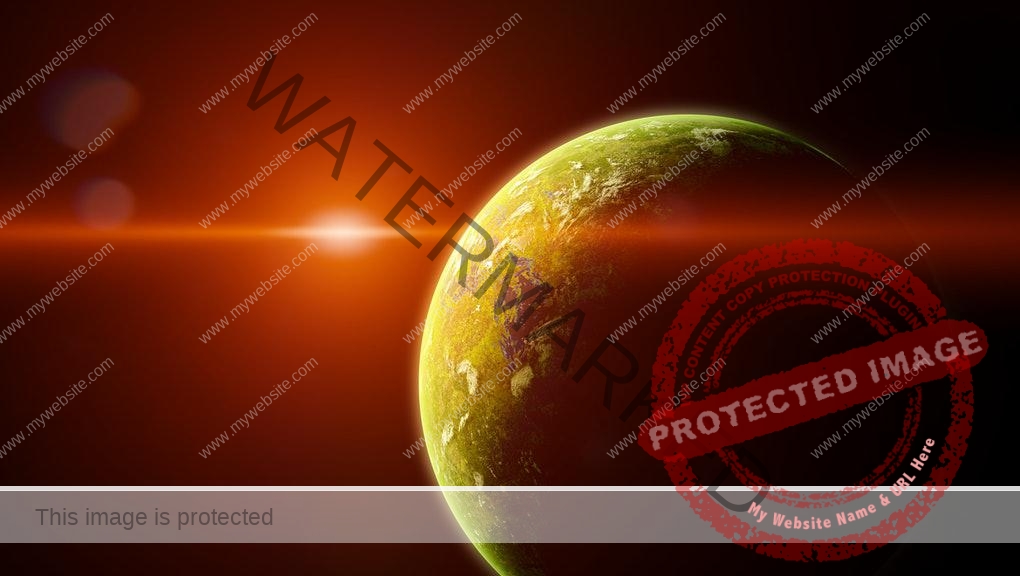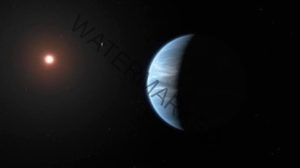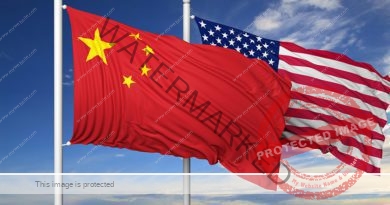Water vapor found on exoplanet situated in habitable zone; Is earth unique?
Bengaluru: Astronomers at the Center for Space Exochemistry Data at the University College London in UK and Astronomers team of University of Montreal led by Björn Benneke have confirmed the presence of water vapors in the atmosphere of exoplanet K2-18b, in their independent studies. UCL’s ( University College London) was published in ‘Nature Astronomy’ and Benneke’s teams’ research was published in ‘arXiv’ a repository for scientific preprints.
Since the discovery of exoplanets or extrasolar planet in 1992, the speculations were ripe for possibility of planets habitable like earth. From then on researches were intensified in search of extraterrestrial life. And when the two independent researches confirmed the presence of water vapor- essential for the possibility of life-on an exoplanet situated Inhabitable zone ie. conducive temperature making it possible for water vapors to exist in liquid form, it has strongly bolstered the hope of finding a habitable planet like earth.

K2-18b exoplanet, discovered in 2015 by NASA’s Kepler spacecraft, enchanted the researchers worldwide when it was found to have water vapors in its atmosphere. And as the K2-18b is housed in the habitable zone- a region around the dwarf star it is orbiting-which makes it possible for water vapors to exist in liquid form, but the liquid water could exist on its surface only if it turns out to be terrestrial in nature and unlike Neptune. Both teams of researchers also confirmed the presence of hydrogen and helium in the planet’s atmosphere.
UCL’s team used the transit data captured by Hubble telescope from 2016 to 2017 and Benneke’s team used data between 2015 and 2018 to find the signature of water vapors in K2-18b atmosphere. As the planet K2-18b transmits the dwarf star it is orbiting, the starlight crosses through its atmosphere and thus absorbed by the chemical compounds present in it at a certain frequency. And, As all the starlight doesn’t come to earth because of the absorption, it reveals its atmospheric chemical composition. In the case of K2-18b, absorption of near-infrared light at a specific wavelength established the presence of water vapors.
K2-18b planet, which is eight times bigger than the earth orbits around a red dwarf and placed in the Leo constellation about 110 light-years from the earth. Due to the high level of activity of this dwarf star, the K2-18b exoplanet must be experiencing high-energy radiation and thus may be hostile for any life. However, this the only exoplanet having temperature near to our earth and so far the best candidate for habitability right now. To put in University College London astronomer Angelos Tsiaras’ word, “ This is the only planet right now that we know outside the solar system that has the correct temperature to support water, it has an atmosphere, and it has water in it- making this planet the best candidate for habitability that we know right now.”

Previously, we discovered many exoplanets with traces of water vapors but they were found to be inhabitable. For example, Saturn-size exoplanet WASP-39b where NASA discovered water vapor in 2018, but due to its scorching temperature which could reach up to 1,430 Fahrenheit, is absolutely adverse to support any life.
Whether K2-18b would support life
like earth or not is yet to be seen, but it has definitely opened doors of possibilities of similar findings. Meanwhile, K2-18b would be the perfect object of any subsequent studies in this direction. And with the arrival of a more advanced telescope than Hubble, like James Webb Space Telescope and European Space Agency’s future ARIEL space telescope, we will able to detect other atmospheric gases, such as methane, ammonia, and carbon dioxide and maybe the possibility of life too.




